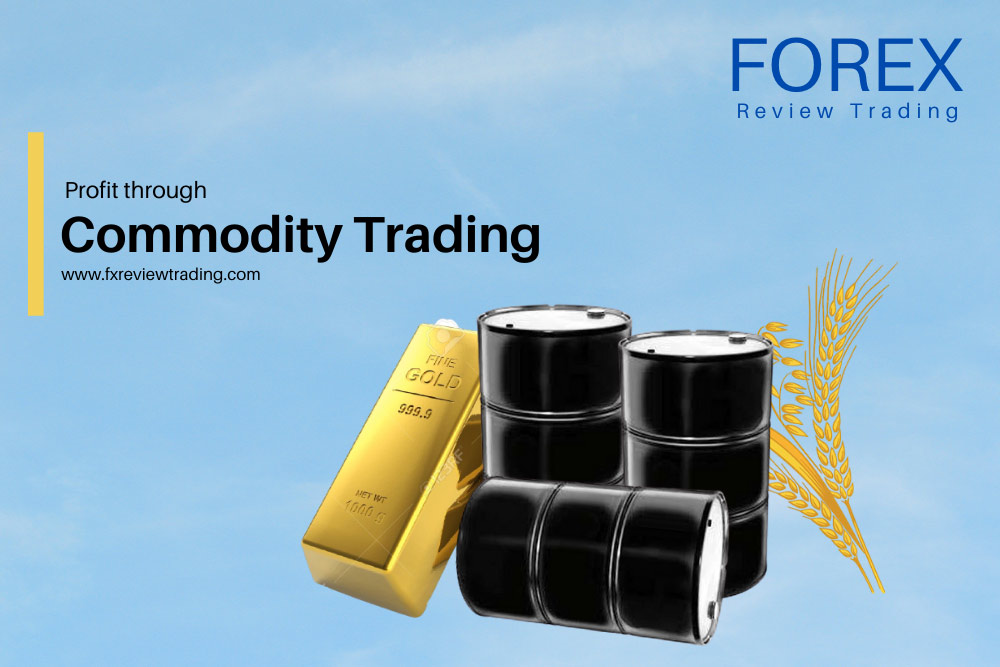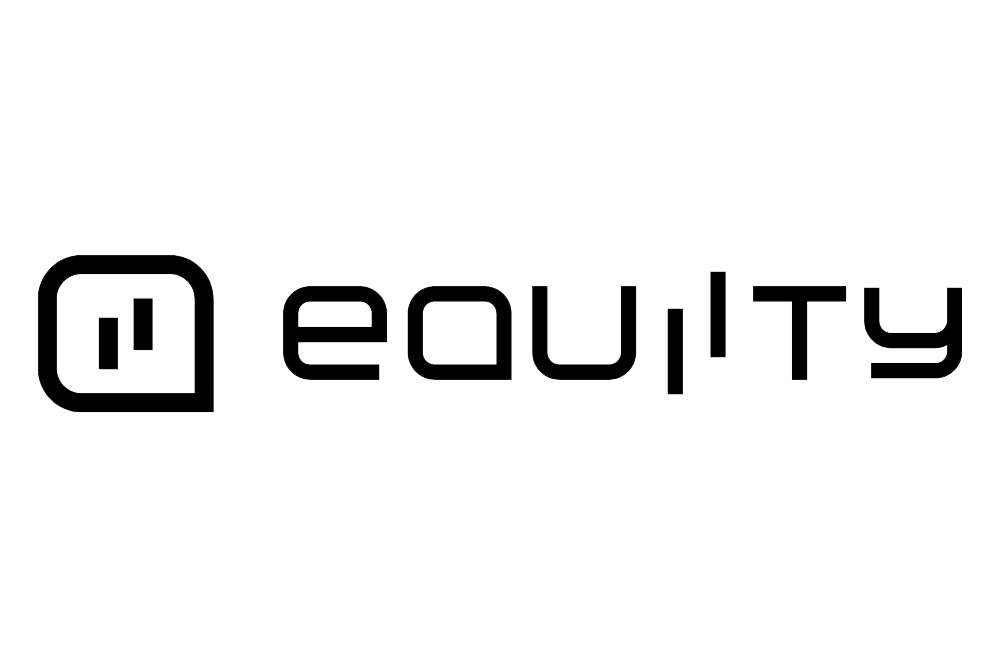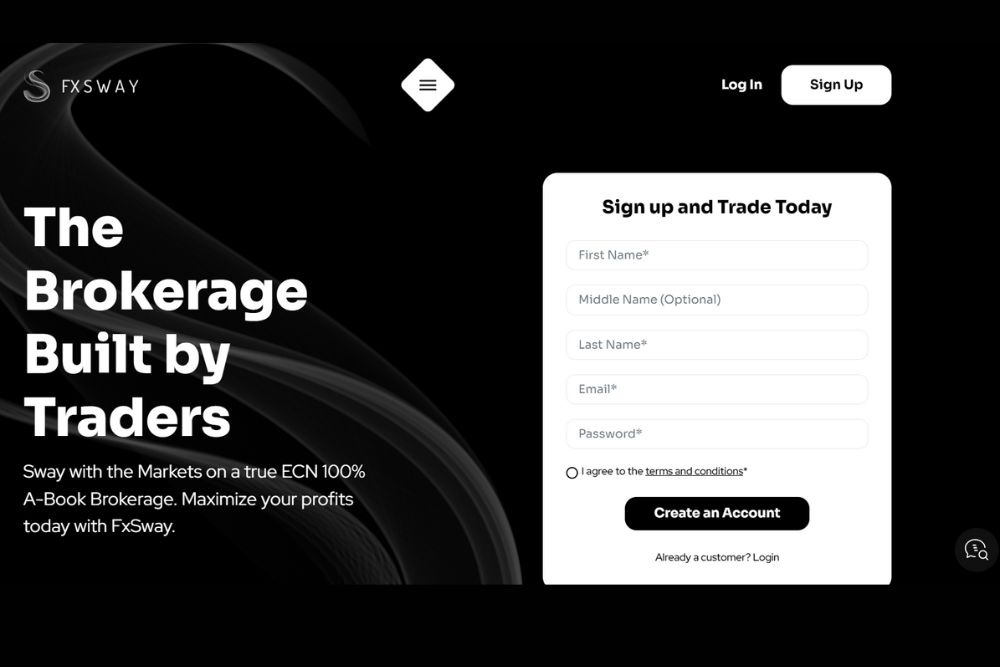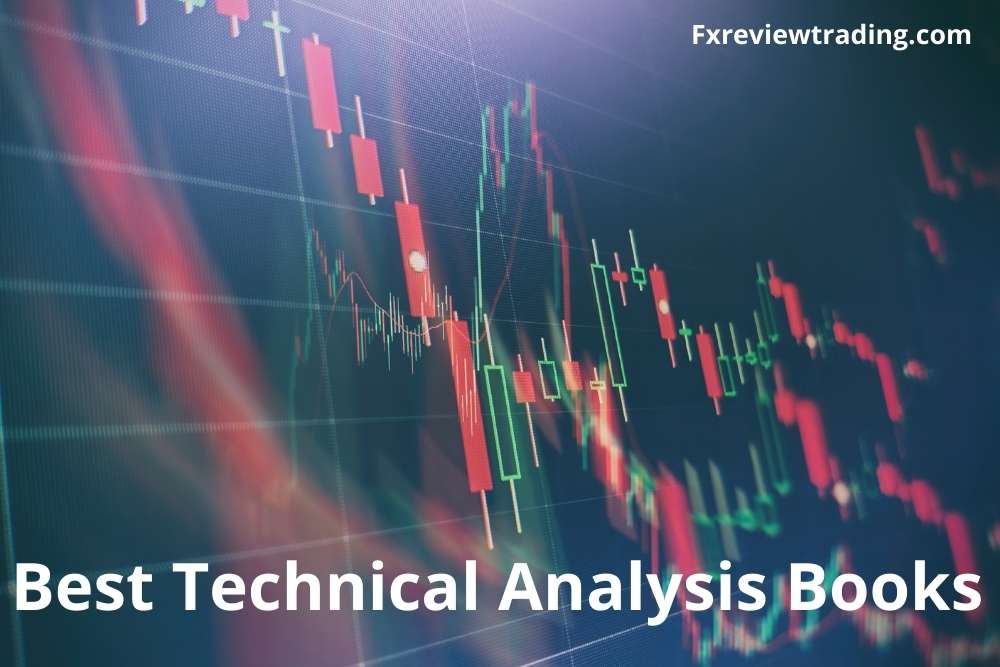What is Commodity Trading?
Commodities are physical assets whose value come from the worth of an underlying asset. They have inherent value. Things and raw material which we use in daily life come under commodities and trading these commodities in the financial market is termed as commodity trading.
Commodities are classified into two categories:
1) Hard commodities
2) Soft commodities
Agricultural items such as cotton, sugar, wheat, cocoa, and coffee come under the category of soft commodities. In contrast, mined items including silver, oil, and gold, come in the type of hard commodities. According to the statistic data, the top traded commodities of the financial market are:
- Crude Oil
- Brent Oil
- Natural Gas
- Gold
- Silver
- Sugar
- Coffee
- Corn
- Cotton
- Wheat
Top strategies for Commodity Trading
1) Find your niche for Commodity Trading
Most successful traders in the commodity trading market have specialization in pursuing trading in a single commodity such as wheat, gold, oil, or cotton. Every market is unique in its own sense. It is important to decide on one niche and get familiar with every ins and outs of it. Thus one requires to understand and build a strong strategy for commodity trading.
Searching the market means you are searching for that opportunity in which you are more confident. If you think that it is easy for you to grab concepts of the gold market, then you can start your gold trading. But, if you realize that your trading strategy will fit well in the coffee market and will yield better profit, then it is better to start your career as a coffee trader.
Never make your trading journey difficult. Always start with a proper plan. It will guide you and will protect you from huge losses. The best plan is the one that also includes the risk hedging strategies. If you find yourself trapped anywhere in the market, take a deep breath and stick to your plan. You might not find instant results, but it will surely help you in the long run.
2) Trend the following Trading
It is a saying in a commodity market that trend is your friend. Trend following technique works well in the financial market, and there are great chances of success when you tend to follow the current trend. It does not guarantee a massive profit, but it indeed ensures protection against losses. If you doubt how the trend following principle works so well in the commodity market, then look at the explanation given below.
The law of demand and supply drives the prices of commodities. The interaction of demand and supply can lead to the development of a bearish and bullish trend. When these forces of demand and supply are at work, the trend of the commodity is long-lasting and powerful.
3) Moving Averages for Commodity Trading
One of the popular strategies which are followed by many traders in the stock and commodities market is the moving average. It helps in determining the level of support and resistance in the market. Along with this, it also helps in predicting the direction of the trend in the financial market.
4) Trading Commodity with Futures and Options
The combination of futures and options makes any technique appropriate and works well in the financial market. Making use of futures with options makes the trade conventional, but at the same time, it also produces a great outcome.
5) Proper use of Margin
Margin is an important aspect of the financial market. It allows the trader to own a larger portion of an asset by paying a small percentage of the total amount. The remaining amount is paid by the brokerage firm through which the trader is trading. It will help if you always go with a broker which provides maximum leverage or margin on trade. One such broker is Investby. The maximum amount of leverage offered by the broker is 1:500 on the professional account.
6) Trading Breakouts in Commodities
If you wish to pursue trading in popular markets, then breakouts trading is one of the best strategies. In this type of commodity trading strategy, the market needs to break out of something to create a new trend. It is a complex concept and hard to follow because the trend might or might not work in the long run.
Commodity trading is one of the most famous and profitable types of trading as far as stock marketing is concerned. However, it brings a set of risks along with it. Here comes the role of hedging tools and your primary plan. You should be aware of all the hedging strategies and tools to maintain your trading position.
7) Range Trading
Range trading is a common practice adopted by traders in all types of the financial market. It often consists of plotting resistance and support levels (this data is extracted from Bolinger bands or various other channel chartings). This strategy involves selling the commodity at resistance level when its prices are at the zenith of a range and purchasing the commodity at support level when its prices are at the base of the range.
The zenith and base of the range are primarily affected by trading demand and supply. Prices of commodities generally head to their peak level when demand propels them to new heights.
It is essential to understand two basic terms that are the oversold and overbought territory. They are considered when we look at the bottom range. These terms indicate the market cost of a specific item is below its net estimated value, and the condition of rebound is expected to occur.
In all, there are many indicators which one can use to keep a close watch on these oversold and overbought territories. Along with the popular channel range charting method, many investors also employ the stochastics, relative strength index, rate of change, and momentum. These indicators or analytical tools prove to be very helpful for investors when it is hard for them to identify clear trends.
A range trading strategy can lead to high-profit generation, but at the same time, it comes along with several warnings. The situation can arise when the oversold and overbought territory occurs for an extended time interval. Thus, making it hard to determine the right exit and entry timing for traders. Also, the resistance and support levels are just estimations.
When one trades through a range trading strategy, he should keep all the associated risks in mind. The risk may also occur when the price of the commodity moves beyond an anticipated resistance or support level.
8) Importance of a Professional Brokerage Firm
The role of the broker is not just providing you service; it is the main entity which decides your profit and transforms the way you look at your trades. The advanced platforms which they provide contain analytical tools which send notification by analyzing the market price provide news on the latest events helps in hedging risk and offers leverage on trades. So considering all the factors in mind take your decision wisely.
Go with the authentic firm which provides advanced features along with affordable charges. One such broker is InveatBy the leading financial service provider.
It works under the guidelines of CySEC or Cyprus Securities and Exchange Commission and is a trading name of famous Royal Forex Ltd. The broker provides trading on globally accepted Meta Trader 4 at a minimum deposit of $250. Visit the site of the broker for more details and open a trading account.
9) Indicators for Analysing Trade
Commodity trading analysis result depends on both the fundamental indicators and technical indicators.
Fundamental Trading Indicators:
Fundamental analysis is a process through which the commodities are examined for anticipating the future price movement. The entire analysis lies on various components including demand, supply, and other factors discussed below.
Demand and Supply in Commodity Trading Market
When we simply look at the price movements of commodities, the concept of demand and supply look simple. Still, when it comes to predicting future price movements, this simple approach comes out to be a complicated one.
Commodity trading is carried out in cycles. Sometimes for the given commodity such as gold or oil, the supplies will be tight and will expedite the prices to a higher level. Other times the prices drop. Traders and the results of fundamental analysis depend on the multi-year lows and highs of the commodities.
Price shift for the commodity market is calculated by the two basic formulas which are expressed as:
1) Supply < Demand = Higher prices
2) Demand < Supply = Lower prices
Other Fundamental Components for Analysing Trade
The results of the fundamental analysis also depend on these given factors:
1) Market factor
2) Industry analysis
3) Economic analysis
4) Sentiments of market
Technical Trading Indicators:
Many traders in the commodity market make use of technical analysis for making their trading plans. There is a large difference between the approaches of fundamental analysis and technical analysis. Technical analysis uses the volume tend or action and prior price for anticipating the price movements in the future.
1) Moving Average Convergence Divergence or MACD
The famous Gerald Appel invented the Moving Average Convergence Divergence, also known by the name MACD. It is the most commonly used technical indicator which follows the trend. It further makes use of exponential moving averages and moving averages for calculations.
Moving Average Convergence Divergence is calculated by taking the difference between 26 days EMA and 12 days EMA. The nine days EMA distinguishes bear and bull indicators and is known as the signal line.
2) Relative Strength Index or RSI
The other commonly used indicator employed for technical analysis is RSI. It finds out the momentum of the financial market by checking the oversold and overbought levels on a fixed scale from 0 to 100. The value below level 30 reflects an oversold position, whereas the value above level 70 indicates the overbought situation.
10) Scalping
Scalping is a process through which a trader can make a profit out of small price variations in the commodity market. A scalper makes a profit from small price movements and gets out of the trade before the loss neutralizes the profit made out of these movements. With this technique, a trader tends to mitigate the total profit per trade while rising the total number of successful trades.
Advantages and Disadvantages of Commodity Trading
Every situation has two sides; the same is the case with commodity trading; it has disadvantages along with advantages. Its advantages include the high leverage offered by the brokers in the commodity market. It helps traders to set a bid on a high-value asset without spending the vast money.
The other advantage is the commodity market is usually liquid that means exit and entry in these markets are easy. They generate massive profit if trade with care.
The disadvantage of commodity market trading includes high risk, or we can say high volatility. For new investors, direct investment in such markets may cause severe losses. So, plan before entering such a market and understand the concept of leverage properly because it can cause a huge loss or can make a huge win.
The Bottom Line
Understanding the top strategies is essential for commodity trading. It allows you to judge the bullish and bearish trend and act accordingly. The financial market looks attractive from the outside, but once you get in, it feels like a jigsaw puzzle. All strategies and plans listed in the article are based on the experiences of experienced and successful traders.








